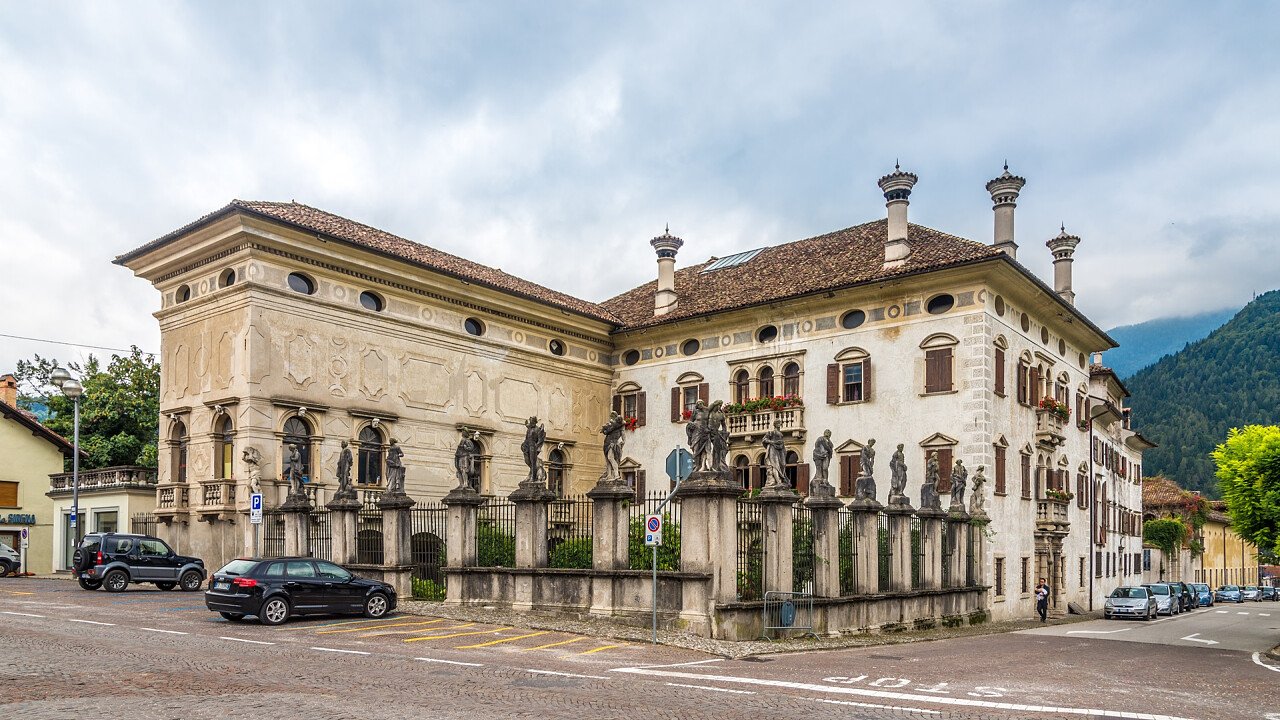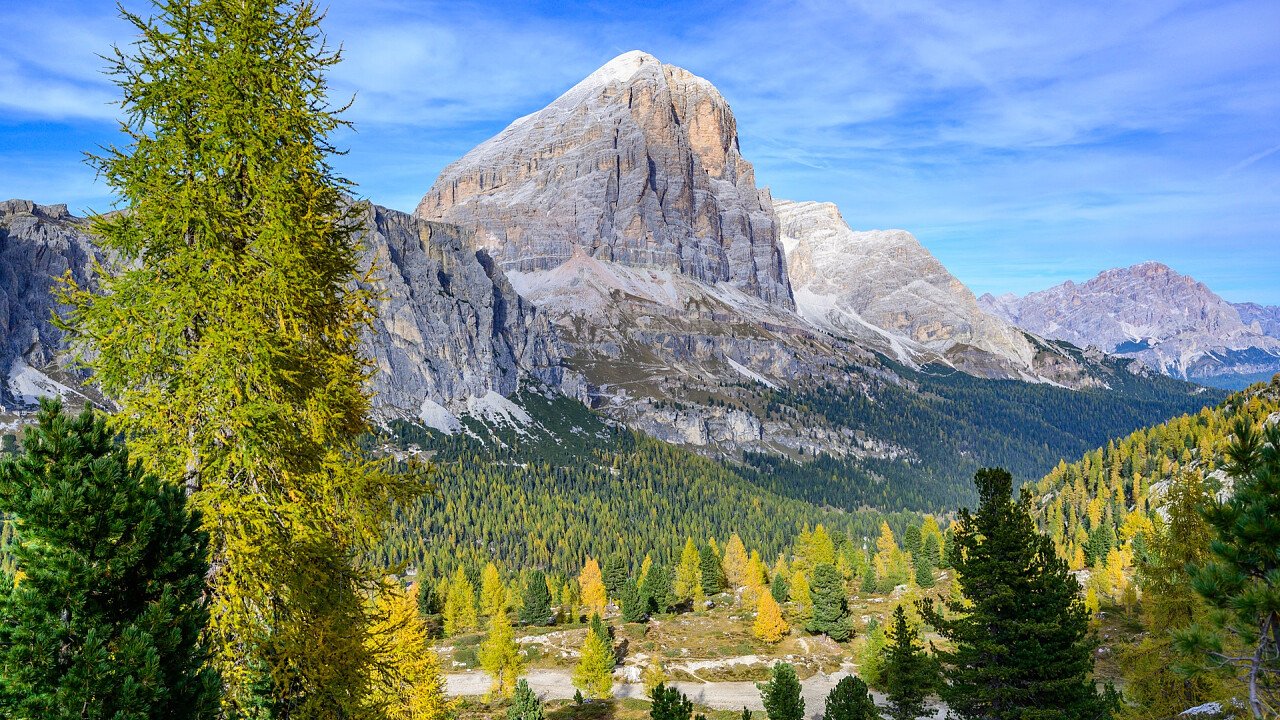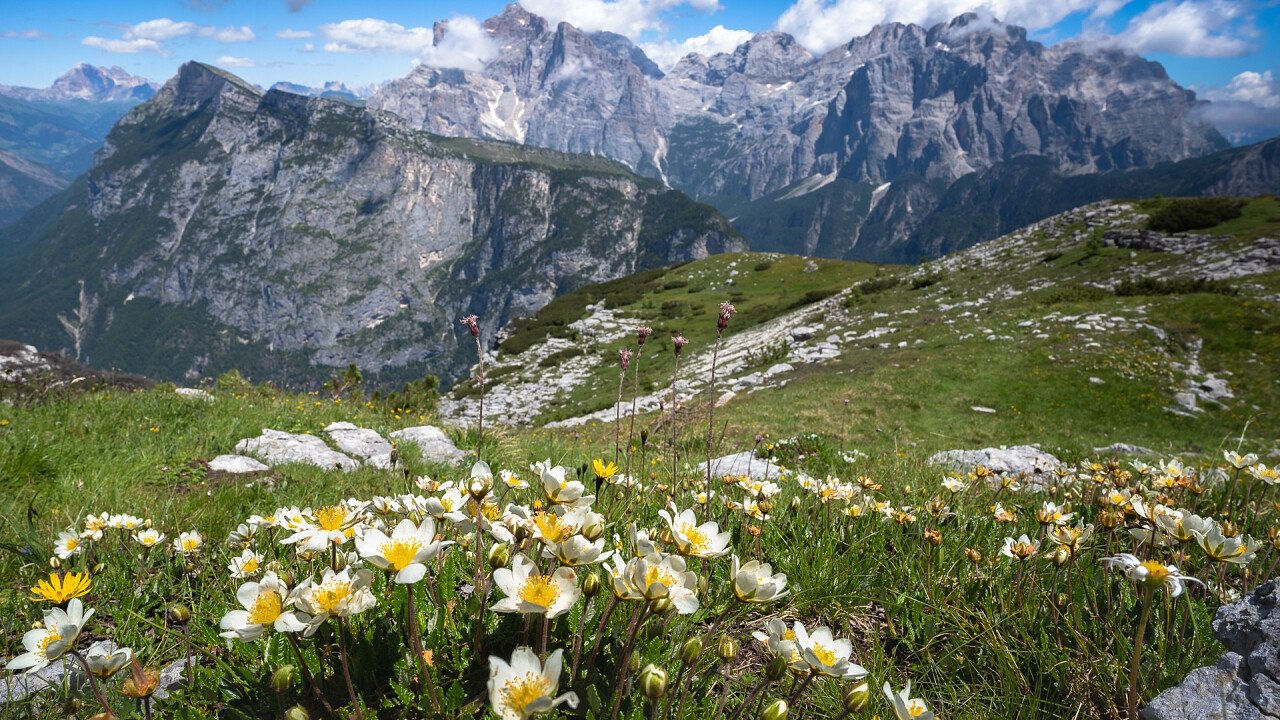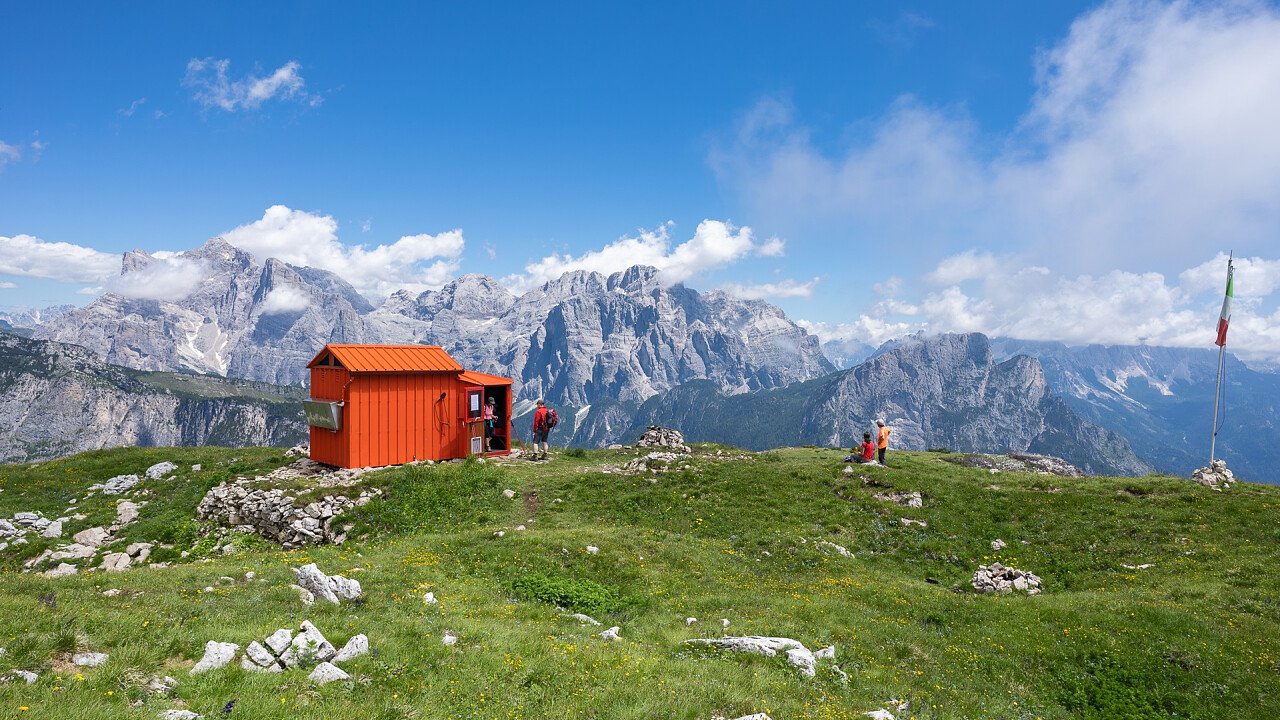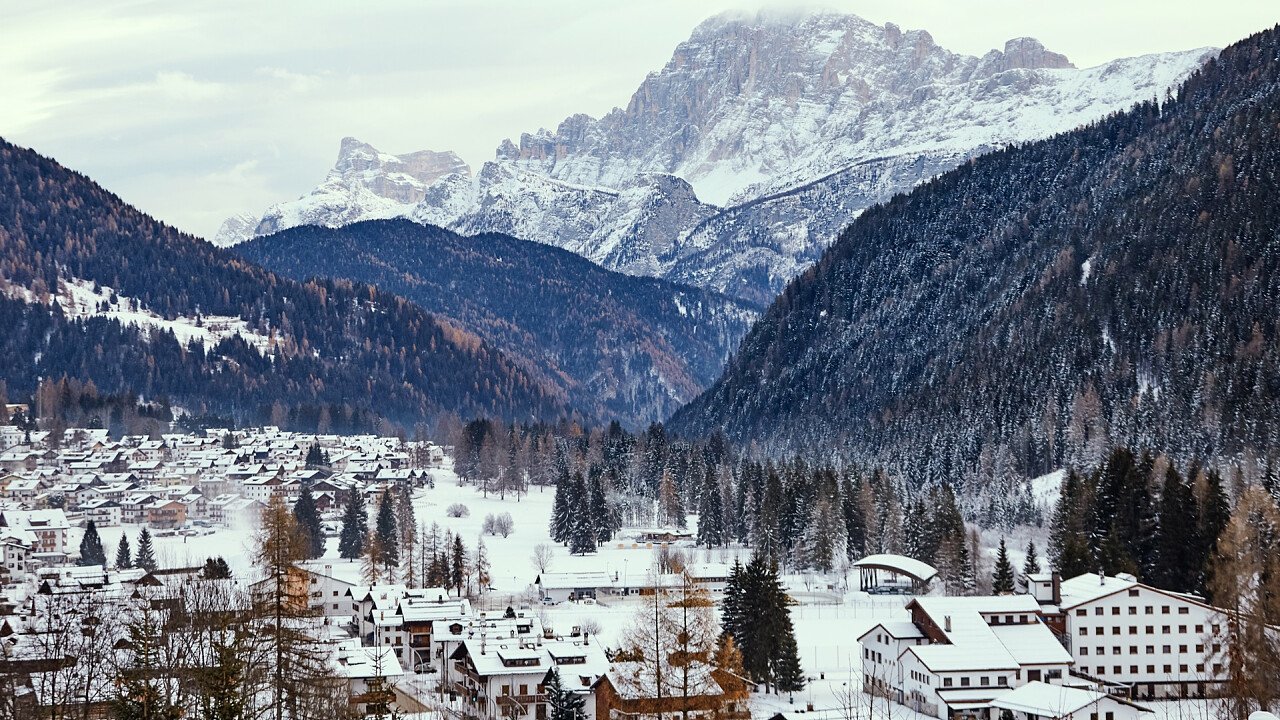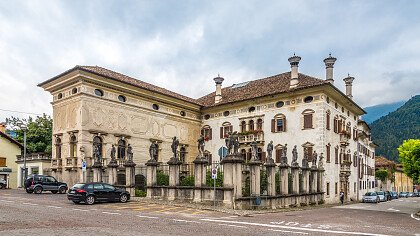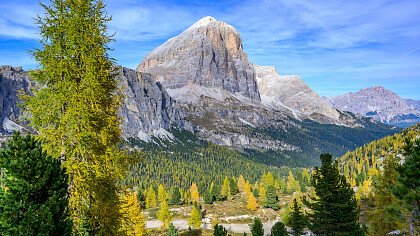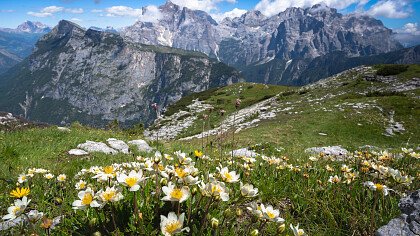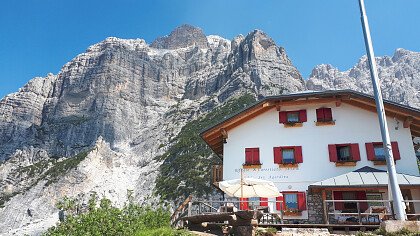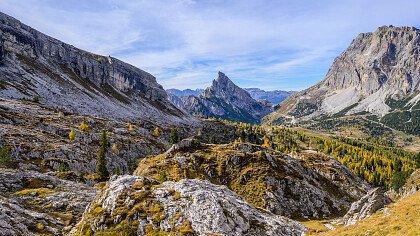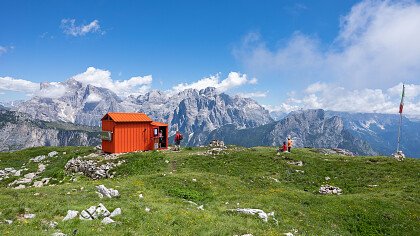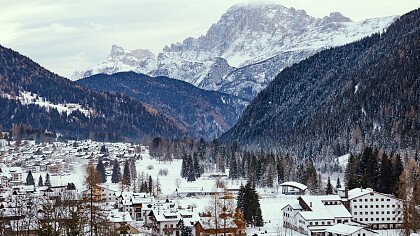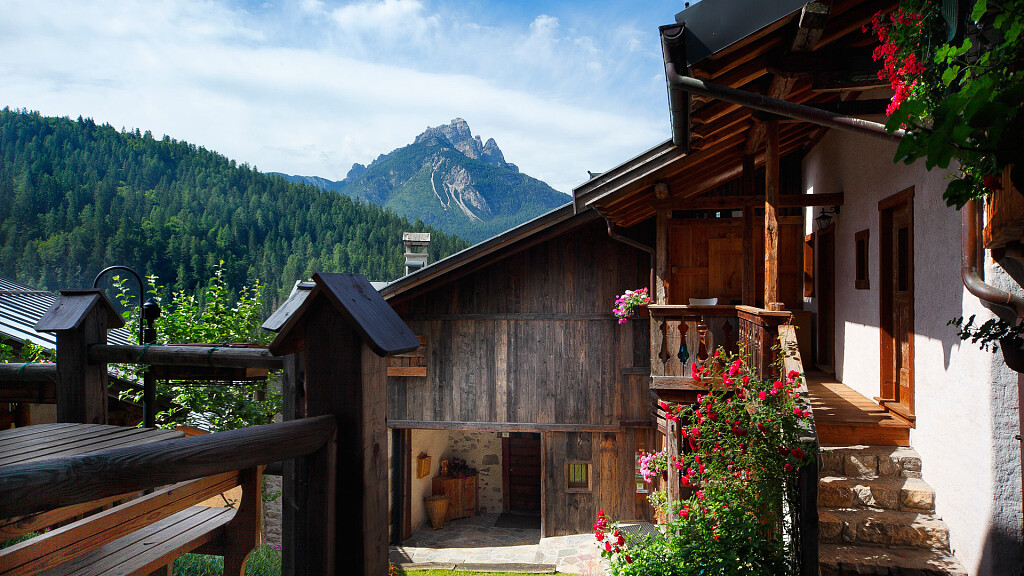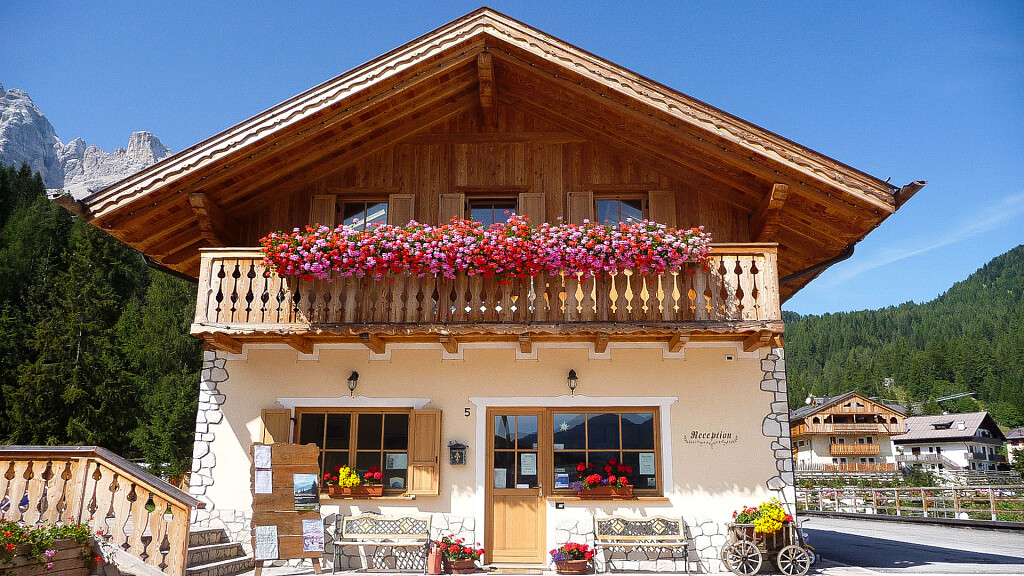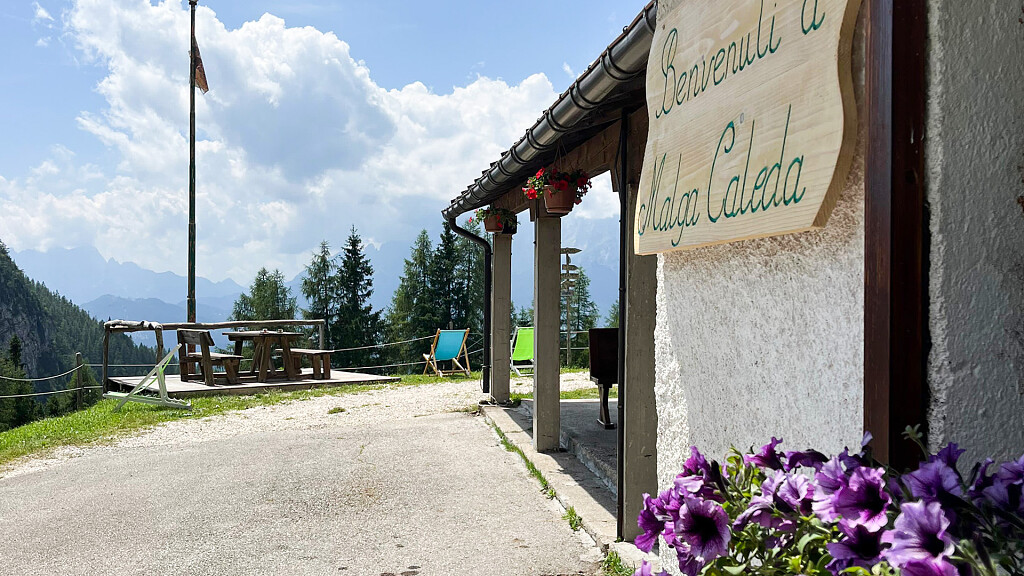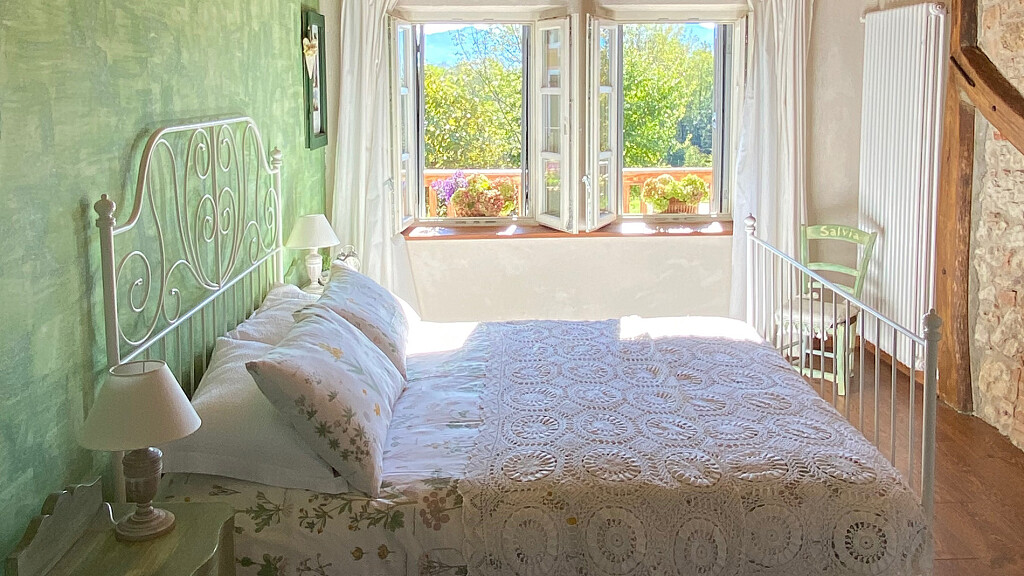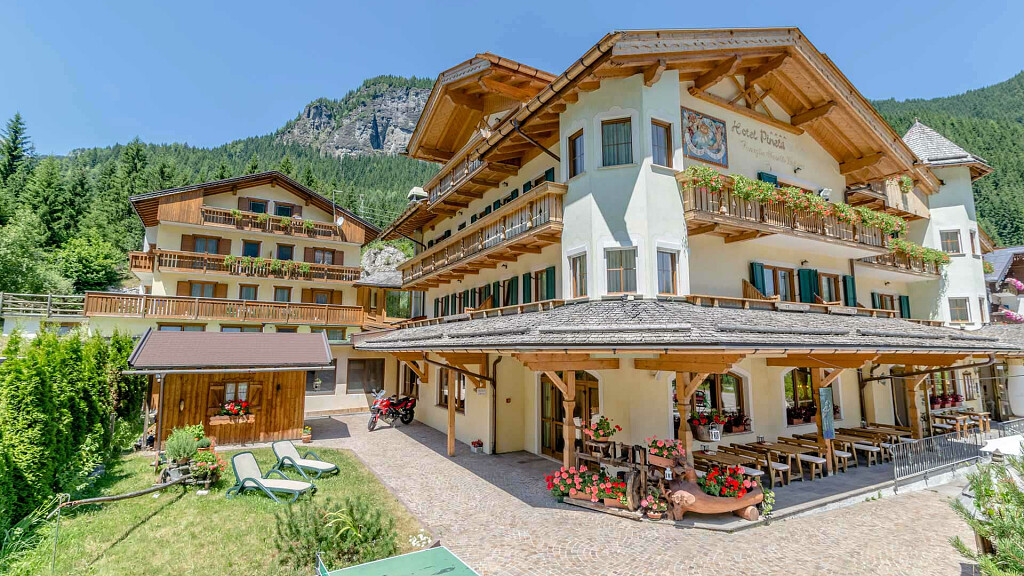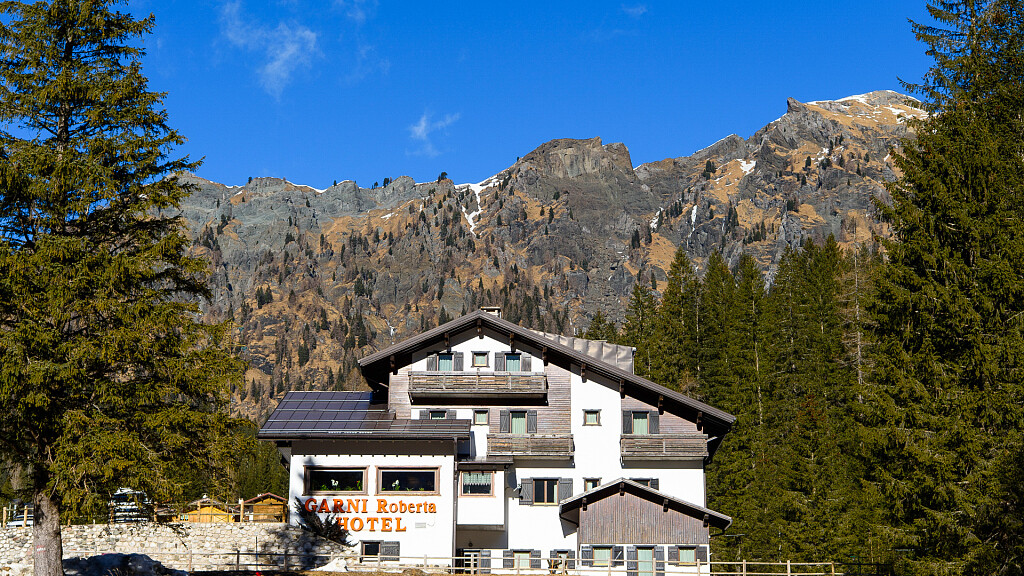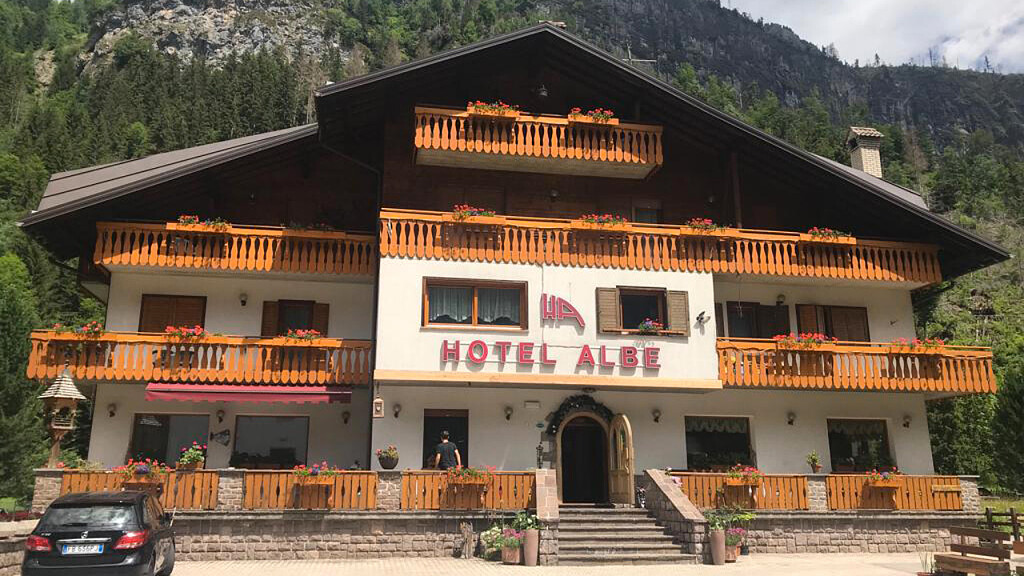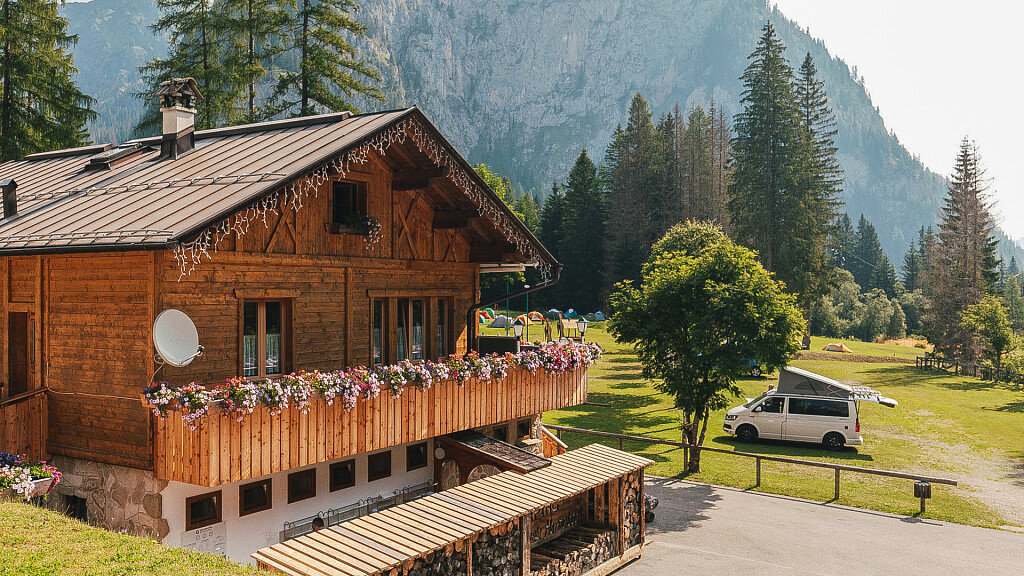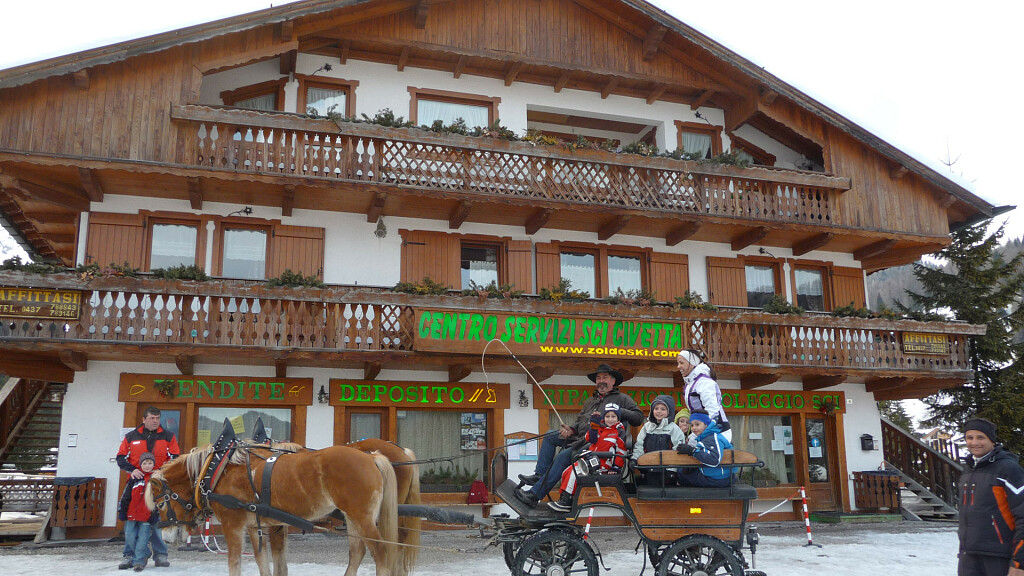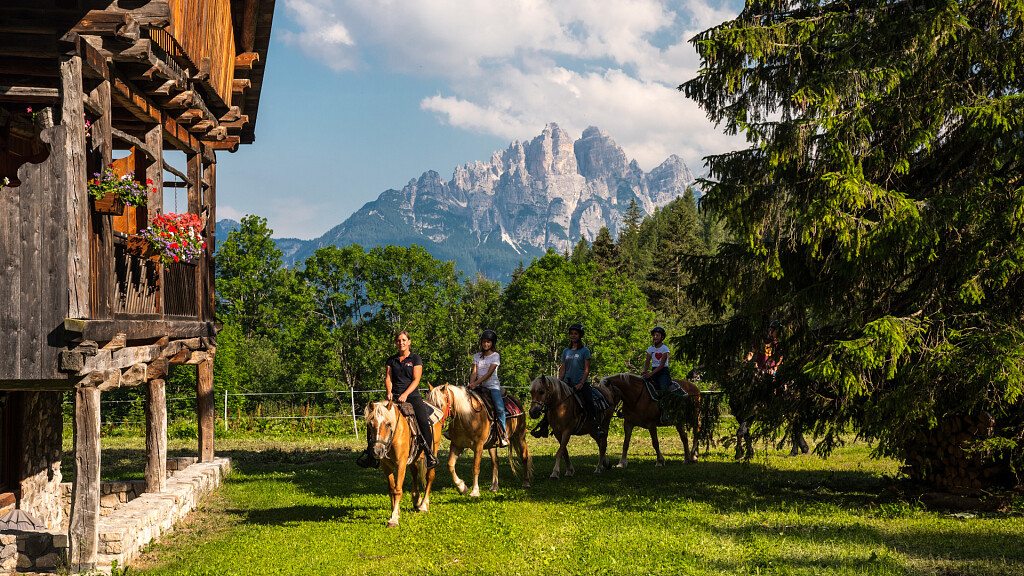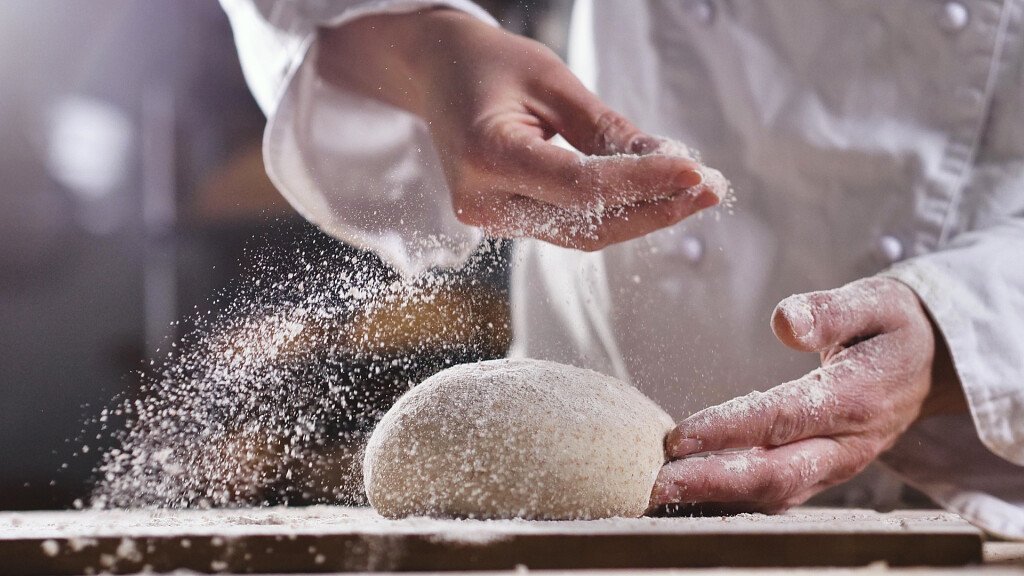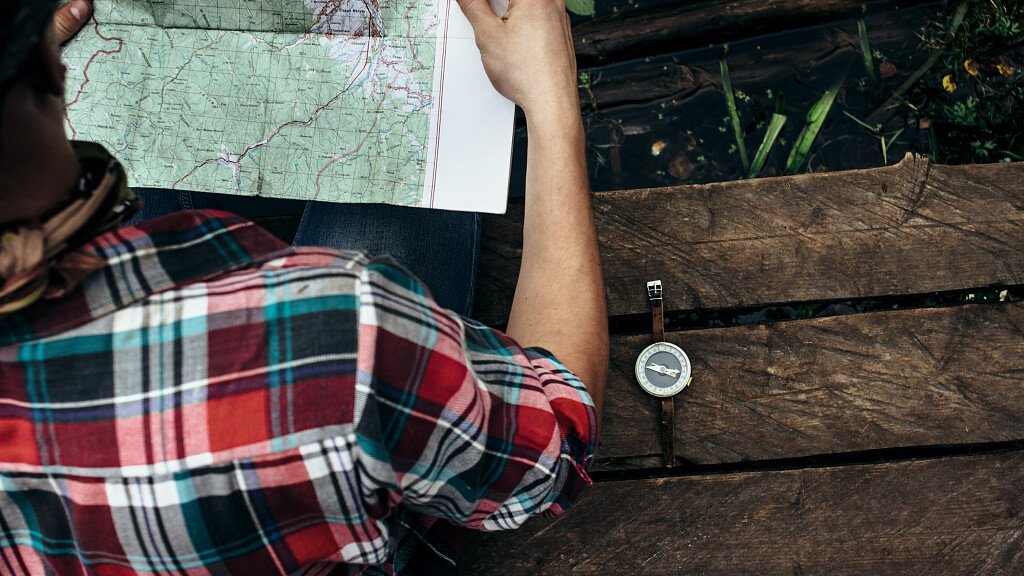Agordo
Hotel Agordo
Local shops: Agordo
Agordo, crowned by the mountains, among events and mining tradition
Talking about Agordo the first thing coming to mind is a well known eyewear company, worldwide leader in this sector, but the value of this city goes beyond the purely commercial aspect: here in fact you find many hikes on the Monti del Sole and climbs on the Civetta, events, like the Palio dei Cento or Le Miglia di Agordo, archaeological sites and mines.
Agordo at the foot of the Agner: cycling and hiking trails
Surrounded by wonderful Dolomite Mountains such as the Agner, the Pale di San Lucano, the Monti del Sole, the Tamer-S.Sebastiano, the Moiazza and further northward the Civetta and the Marmolada, Agordo is the perfect starting point for every kind of hikes allowing you to reach varied and magnificent landscapes, inaccessible and remote valleys like the Val Canali, the Valle di Gares or the Valle di San Lucano, where an interesting and easy trail reaches the Cascate Inferno waterfalls. From here the trail becomes more difficult, so much that only expert trekkers can walk on it, and it goes up to the Altopiano delle Pale plateau.
Other possible trails are those running along the Célo mule track, or the classic tour from the Duran Pass to the Bruto Carestiato refuge following a section of the haute Route n. 1. Further northward there are trails on the Monti del Sole, on the Talvena, on the Schiara-Pelf, included in the Belluno Dolomites National Park.
Thanks to the nearness to the Civetta and the Agner and to the majesty and the vertical walls of the peaks surrounding it, this resort has also become an important center for international mountaineering.
Even if you are not an expert trekker and climber, don't worry! You can explore the surroundings with easy and relaxing walks, maybe looking for mushrooms; you can also practice sport fishing in the Cordevole stream and its many tributaries, or go for a bike ride...If you are fit enough you can try a section of the 2007 Giro d'Italia, since Agordo was the starting point of the 16th stage, or follow the other way around the touring bike trail going from the Valle del Mis to the Agordino, through canyons and tunnels, around the Monti del Sole.
Sport lovers have at their disposal an indoor sports arena, an ice stadium, a swimming pool and a gym where they can practice gymnastics and tennis.
Agordo: summer events
In spring and summer you can also go to many important events: the Palio dei Cento, a folkloristic sports event taking place in August, where the 10 hamlets of the valley compete against each other in several disciplines: relay race, trunk throw, tug-of-war; the Miglia di Agordo, a foot race included in the Grand Prix Strade d'Italia, taking place in July among the alleys of the old town; and the Fiera del Bestiam from September to October, to remember the ancient past of Agordo through shows of livestock and agricultural equipment, reenactment of the transhumance, ancient jobs demonstrations, tasting of local products, and the traditional market. This event takes part in the characteristic Broi, the meadow in the center of the village where once markets and fairs were held. The meadow is surrounded by many historical monuments and buildings, like the ancient fountain, the Lion of San Marco, the Archidiaconal church, the Town Hall, and of course Villa Crotta De' Manzoni, holding the Eyewear Museum, set up by the Luxottica Group.
Agordo and the mines of the Imperina Valley
Wandering among its roads and valleys you can't avoid noticing proofs of the ancient activity for which Agordo became famous during the centuries: cupriferous pyrite mining industry. Before entering the town, on the left, within the boundaries of the Rivamonte Agordino municipality, you will find the salvaged and restructured mines of the Valle Imperina valley, the biggest mining site of the Veneto region that determined and influenced the development of the whole valley. It is not by chance that already in the 19th century here was founded the prestigious Follador Institute. In the past this institute trained technicians to be employed on-site and now it hosts the Geo-Mineral Museum, with finds coming from the mining sites of the Valle Imperina valley, from the Fursil mines in Colle Santa Lucia, from the mines of Caprile and the Giau Pass, and from other mining sites in the Dolomites.

